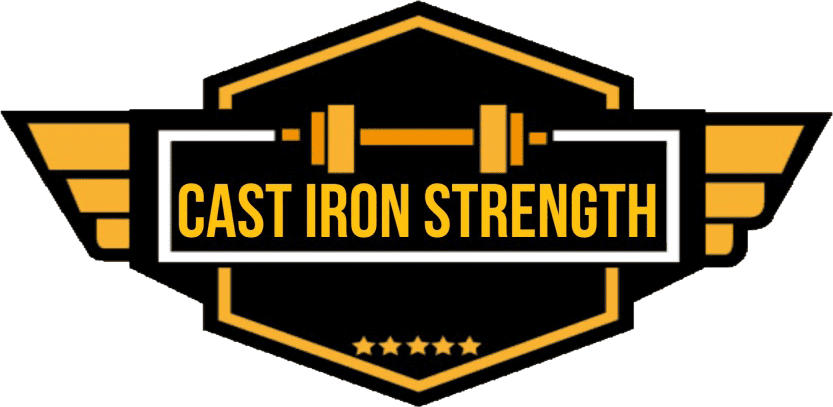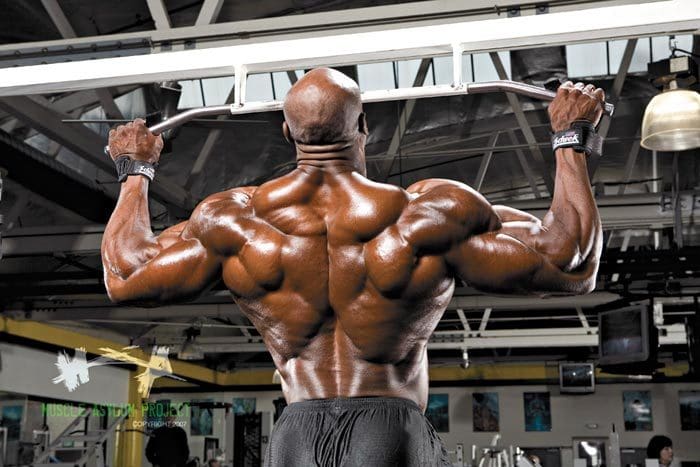Almost all of my writing tends to be on the bigger picture things like programming, why to choose specific exercises over non-specific or technique when it comes to powerlifting. I am guilty of not giving assistance exercise the time in the spotlight it deserves. It isn’t the most important factor when it comes to powerlifting not even close but it can help a lot when it comes to problem-solving it can be indispensable.
1 – Hyperextension.
This one should be in every lifter’s programme. Your back is probably weak in extension and no one’s back is too strong that’s for sure. When I say weak in extension you probably lift heavy deadlifts with a rounded back, when your squat starts to get heavier you probably start to round over. The hyperextension, especially done with a barbell on the upper back is incredibly useful for strengthening up your whole back as a unit not just your upper back. Everyone is worried about training the “core” / “abs” but as lifters, strength in flexion is about as much use as a hole in the head. You need to be strong in extension as this is where all of the lifting happens. When you start taking up competitive cable crunching then you should probably start to concentrate on your abs.
Ideally, your hyper should be done with a barbell across your upper back as this cues you to hold your back in an extended position and move from the hip which is a great movement pattern to strengthen up for lifting. It also puts the weight on a bigger lever which means you can get a bigger force demand or a harder workout for the muscles of the lower back without having to load up the barbell too much.
Recommended Frequency – 2-4x per week
Rep range – 8-20 reps
Sets – 2-4 sets.
Progression – 4 weeks’ bodyweight then add weight and treat like a normal exercise, best progression is probably linear.
2 – WG Pull Up or Pulldown
You can choose to do any form of pullup or pulldown you want but if you were to ask me to choose only one of the available grips I would have you doing overhand with a wider grip. This is because it targets the muscles of the upper back and the rear delts more than the other grips.
Strengthening up the upper back and muscles of the scapular and rear shoulder girdle has a lot of benefits it trains indirectly the muscles around the shoulder casual such as the rear delt or tres minor which has lots of benefits for shoulder health especially as a powerlifter who does lots of bench press volume. Strengthen up the upper back is also very important for being able to hold a strong position in the deadlift from the floor as the first part of the back to go in a heavy pull will be the upper back.
When you perform a wide grip pull down or pullup you have to be very exact with your form you can’t swing during the pull-up or pull the bar down to your stomach of rounding your shoulder when you pull it down. When doing a pull-up or pull down you need to ensure you’re pulling the bar into your collar bone and you’re keeping your shoulders externally rotated this will make sure you are working the correct muscle groups.
Recommended Frequency – 2-3x per week
Rep range – 4-20 reps
Sets – 2-4 sets.
Progression – only use weight you can maintain a good technique with and use a load that allows you to feel the muscles of the back fatiguing on the last few reps of the last few sets.
3 – Chest Supported Dumbbell row or Bench Row
If you have access to a bench row it should be in your programme it is probably the closest thing you will get to a bench press antagonist superset. The important thing about back exercises is to make sure you keep your technique and form strict as this allows you to make sure you are using the muscles of the upper back in the manner you want to use them. Bent over row has to be one of the poorest performed exercises in the gym as people just tend to load it up and then start swinging the weight up. Bracing against a bench or incline bench allows you to focus on pulling the weight up using the correct muscles and strict form as it’s not realty possible to swing or use momentum.
The whole point of assistance exercise is to overload or to work muscles that you either don’t use a lot in your competitive exercise or that provide a point of weakness in your main exercises. The goal of assistance exercise is never the weight being used it’s the effectiveness of the workout the target muscle groups are getting. Using the bench row or db chest supported row you can ensure your working the muscles of the upper back and antagonist muscles in bench press.
Recommended Frequency – 2-3x per week
Rep range – 4-20 reps
Sets – 2-4 sets.
Progression – only use a weight you can maintain a good technique with and use a load that allows you to feel the muscles of the back fatiguing on the last few reps of the last few sets.
4 – DB Shoulder Press or Barbell shoulder press
You can utilise different angles in your main pressing exercises for variance or to strengthen your press up in different angles. The muscles of the deltoid are important for bench press however the front head of the delt is the only part that really gets worked hard. If you use shoulder press you will get a better stimulus for the whole muscle and work the parts (medial and rear delt) that don’t get worked during the bench press.
Working the shoulder also has the benefit of helping the lifter to have the strength to rescue a bench press rep that comes off line towards the face as this shifts the focus of the lift away from the chest and towards the shoulder. Using incline bnech press probably works this aspect better but the shoulder press is in so much of a different plane than bench press that it can be trained without worrying too much about fatiguing the chest for other bench press exercises.
Recommended Frequency – 1-2x per week
Rep range – 4-12 reps
Sets – 3-5 sets.
Progression – only use weight you can maintain a good technique with and use a load that allows you to feel the muscles of the back fatiguing on the last few reps of the last few sets.
5 – RDL or SLDL
Most deadlift variations only work the muscles of the posterior chain (hamstrings, glutes and low back) in a concentric-only manner which doesn’t provide a lot of time under tension or work the muscle through a full range. By utilising a concentric/eccentric exercise like RDL you can get a lot more time under tension in your training and provide a good muscular effort for the muscles of the posterior chain.
If you want a specific posterior chain exercise then this is definitely the number one or most important variation you should be looking at. When you are performing it then it is a good idea to adopt the same stance you utilise in your deadlift so if you deadlift sumo then performing RDL with a sumo stance you will get a more specific hamstring and glute stimulus.
Recommended Frequency – 1-2x per week
Rep range – 6-12 reps
Sets – 3-4 sets.
Progression – only use a weight you can maintain a good technique with and use a load that allows you to feel the muscles of the back fatiguing on the last few reps of the last few sets. A 3-4 week linear progression is probably the best progression.
6 – Belt squat, SSB Squat or front squat
Depending on the lifter these exercises can be utilised as a main assistance lift or as a skill learning lift but they can be utilised by some lifters who maybe struggle to use them as a main exercise (i.e. aren’t skilled enough or lack the technique to go heavy on them). They are specific to the squat and as such the extra volume or time under tension is likely to hypertrophy the muscles used in the squat.
Utilising the belt squat if you have it available is preferable as it puts less compressive force through the back and therefore allows a lifter to get more work into their legs which have a massive work capacity without having to put undue stress on their lower back which has much less total work capacity and volume tolerance.
Recommended Frequency – 1-2x per week
Rep range – 6-20 reps
Sets – 2-4 sets.
Progression – only use a weight you can maintain a good technique with and use a load that allows you to feel the muscles of the thigh fatiguing on the last few reps of the last few sets. A 3-4-week linear progression is probably the best progression.
Marc






